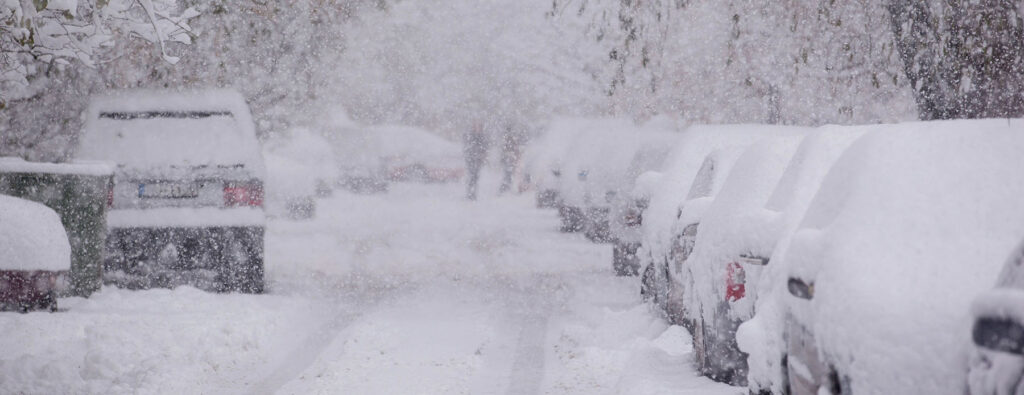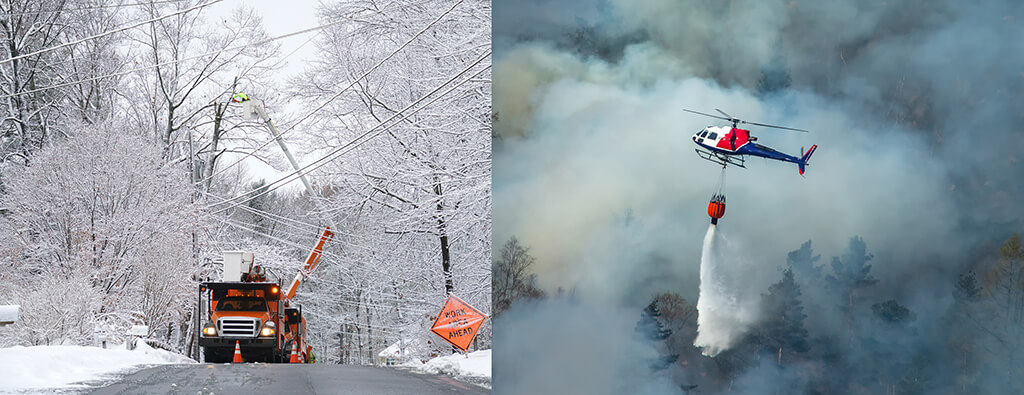As Winter Storm Indigo makes its concluding sweep across the United States, residents from the Ohio Valley to the Mid-Atlantic and Northeast are being impacted by snow showers. This final stage of the storm is moving from west to east throughout Friday afternoon, with snow showers gradually tapering off.
Current Winter Storm Indigo Conditions
The Midwest to the Eastern seaboard is currently experiencing additional snowfall and freezing temperatures. The Great Lakes region is expected to be most affected, with intensifying lake-effect snow following the storm’s departure. The Washington DC and New York City metro areas, which recently experienced their first significant snowfall in nearly two years from Winter Storm Heather, received more snow averaging around 4-5 inches on Friday, January 19th.
Winter Storm Indigo’s Widespread Impact
The effects of Winter Storm Indigo have been devastating. Since Sunday, at least 41 weather-related deaths have been reported across the United States, a consequence of the arctic blast that brought heavy snow and icy temperatures from coast to coast. Tennessee has been hit hard, with the Department of Health confirming 14 weather-related fatalities.
As of Thursday evening, winter storm warnings and weather advisories were in effect for over 80 million Americans across 30 states. The National Weather Service has issued alerts stretching from Montana to the New Jersey shoreline as the fast-moving storm system continues its path.
As Winter Storm Indigo makes its final pass, residents are urged to remain cautious and prepared for the challenging weather conditions.
Tips on How to Weather Winter Storms
Below are a few tips on how to navigate the cold, snowy weather.
- Stay informed about weather conditions: Keep an eye on weather forecasts and updates to be prepared for any changes in temperature or snowfall.
- Stock up on essentials: Make sure you have enough food, water, and other necessary supplies to last a few days in case of heavy snowfall or power outages.
- Dress appropriately: Wear multiple layers of warm clothing, including a waterproof outer layer, thick socks, gloves, and a hat. Don’t forget to cover your face and ears to prevent frostbite.
- Have a backup heating source: In case of a power outage, have an alternative source of heat such as a generator or fireplace. Make sure to use them safely according to the manufacturer’s instructions.
- Be cautious when using space heaters or fireplaces: Keep flammable objects away from heat sources and never leave them unattended.
- Clear snow from walkways: Keep sidewalks and driveways clear of snow and ice to prevent accidents from slipping or falling.
- Plan for transportation disruptions: Be prepared for delays or cancellations of public transportation due to extreme weather conditions. Consider alternative modes of transportation if needed.
- Check on vulnerable community members: Elderly individuals, those with disabilities, and families with young children may need additional support during cold weather. Check on your neighbors and help if needed.
- Protect your pipes: Ensure that all exposed pipes are insulated to prevent them from freezing and bursting during extremely cold temperatures.
- Use caution when shoveling snow: Take breaks often while shoveling to avoid overexertion and potential heart problems. Avoid shoveling heavy amounts of snow at once if possible.
- Stay indoors during extreme weather: If possible, stay indoors during extreme cold weather conditions to minimize exposure to dangerous temperatures.
- Stay hydrated: Drinking plenty of water can help regulate body temperature and prevent dehydration in cold weather.
- Keep pets safe and warm: Bring outdoor pets inside during extreme cold weather or make sure they have a warm shelter to protect them from the elements.
- Avoid driving in hazardous conditions: If you must drive, make sure your car is properly equipped for winter weather and drive slowly and cautiously on icy or snowy roads.
- Have an emergency plan: Be prepared for any emergencies that may arise during severe winter weather. Have a plan in place for communication and evacuation if needed. For tips on how to create an emergency plan, check out Tidal Basin’s “Disaster and Emergency Preparedness Guide.” We also have a Disaster Preparedness Checklist that you can download and have on-hand for your emergency planning.
If you’d like to learn more about how to understand the difference between ‘weather’ and ‘climate’ and how weather patterns like El Niño can bring unpredictable, intense weather events, read our article called “Navigating the Cold Wave: Understanding Weather Dynamics Amidst Climate Change.”



